Taiwan travel tips
Taiwan travel tips: Island nation blending modern cities with lush landscapes, renowned for vibrant street food, rich culture, and technological innovation.
Divisions 🌎
Taiwan travel tips. Here is a list of all the divisions of the Taiwan .

Taipei City

New Taipei City

Taoyuan City
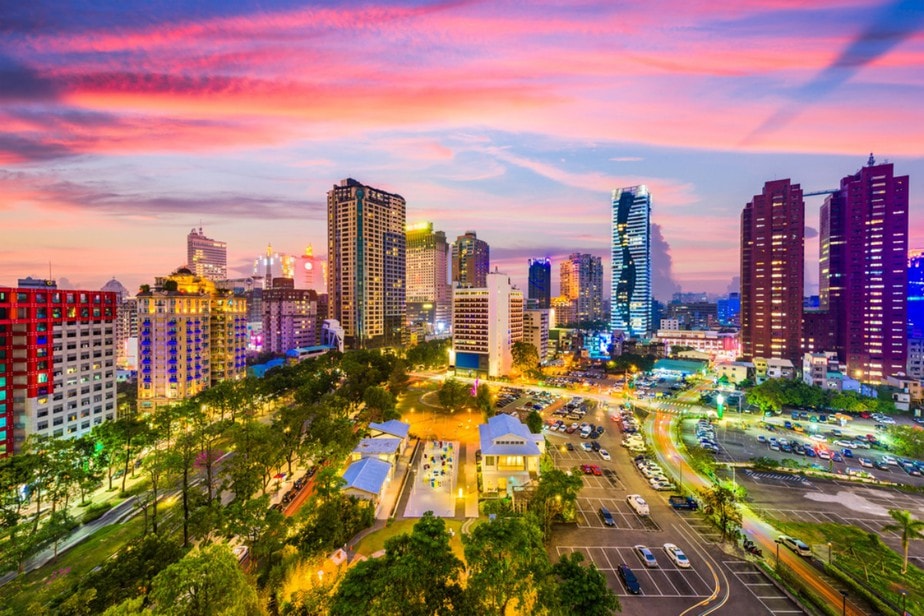
Taichung City

Tainan City

Kaohsiung City

Keelung City
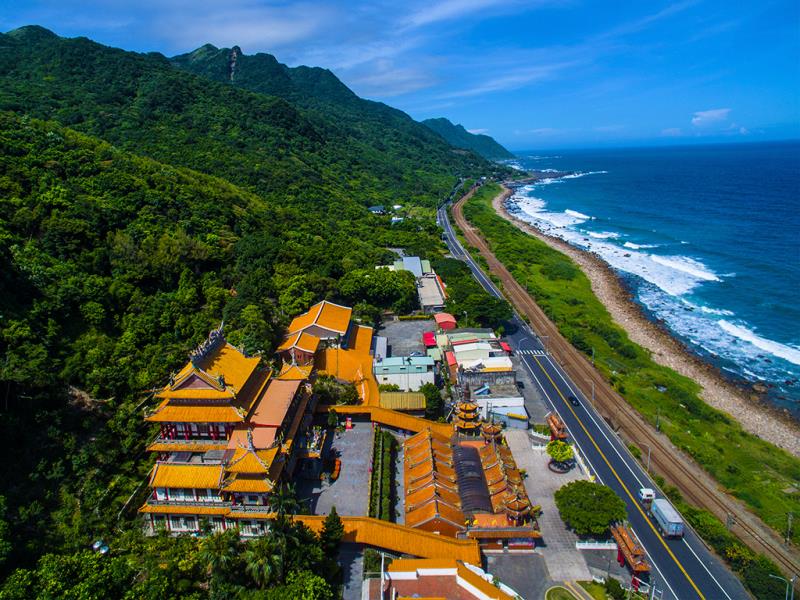
Yilan County
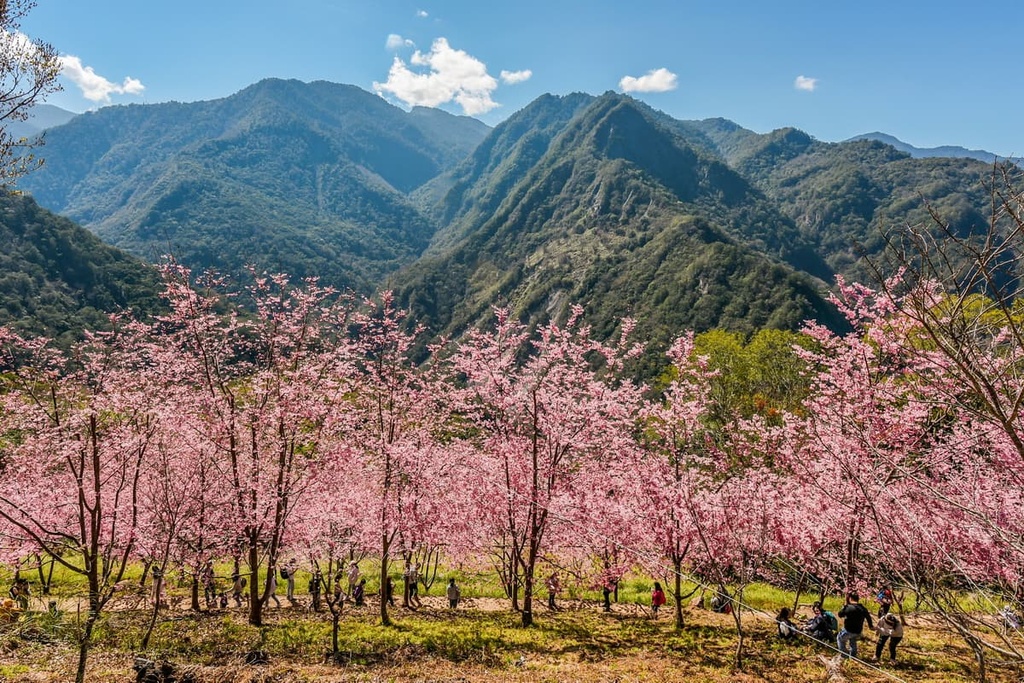
Hsinchu County

Miaoli County

Changhua County

Nantou County

Yunlin County
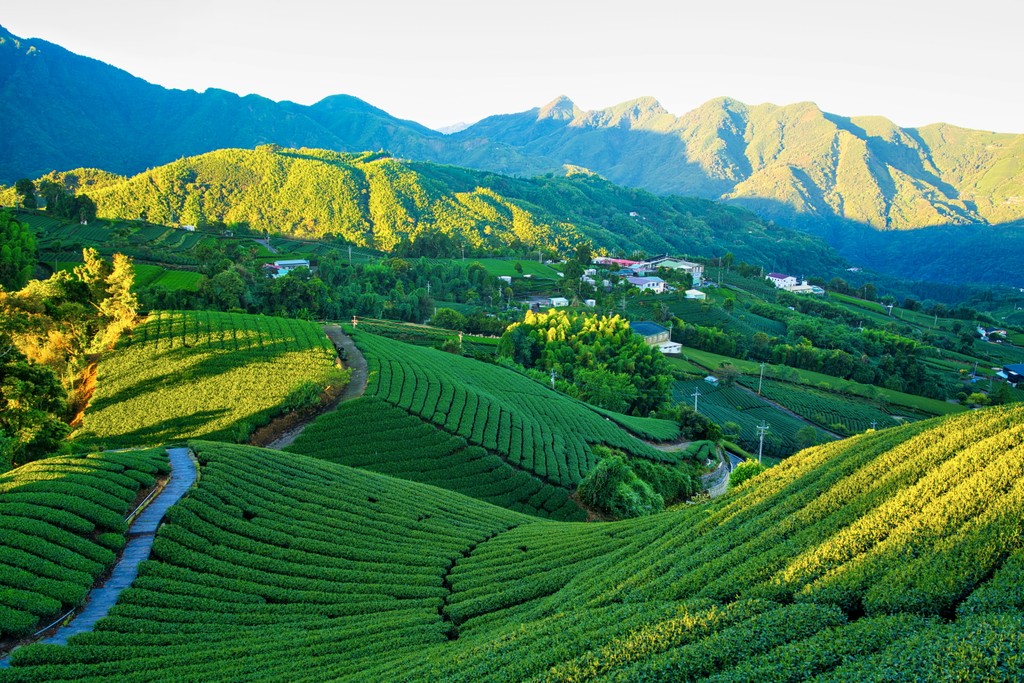
Chiayi County
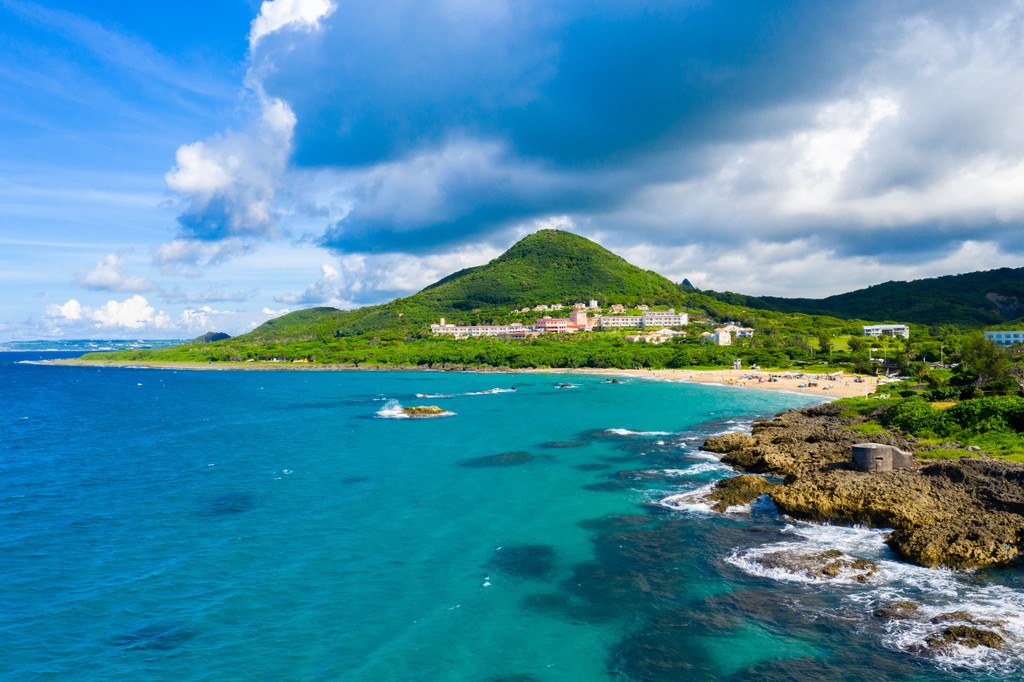
Pingtung County

Taitung County
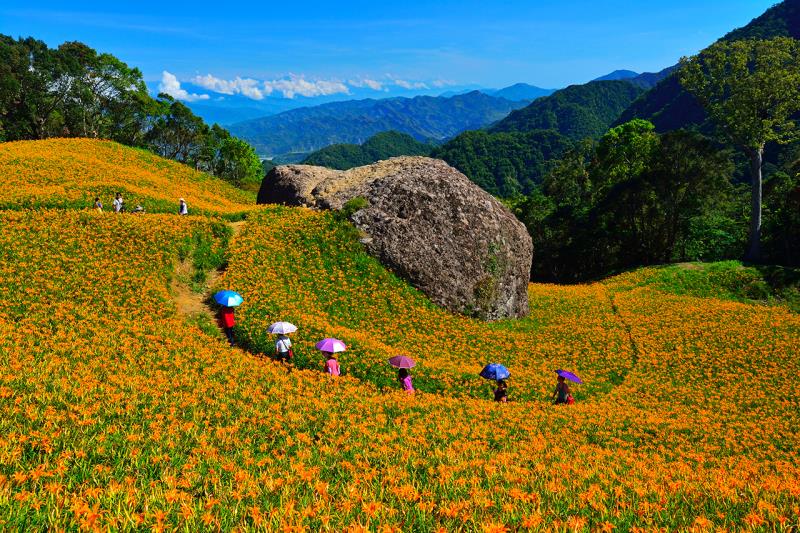
Hualien County
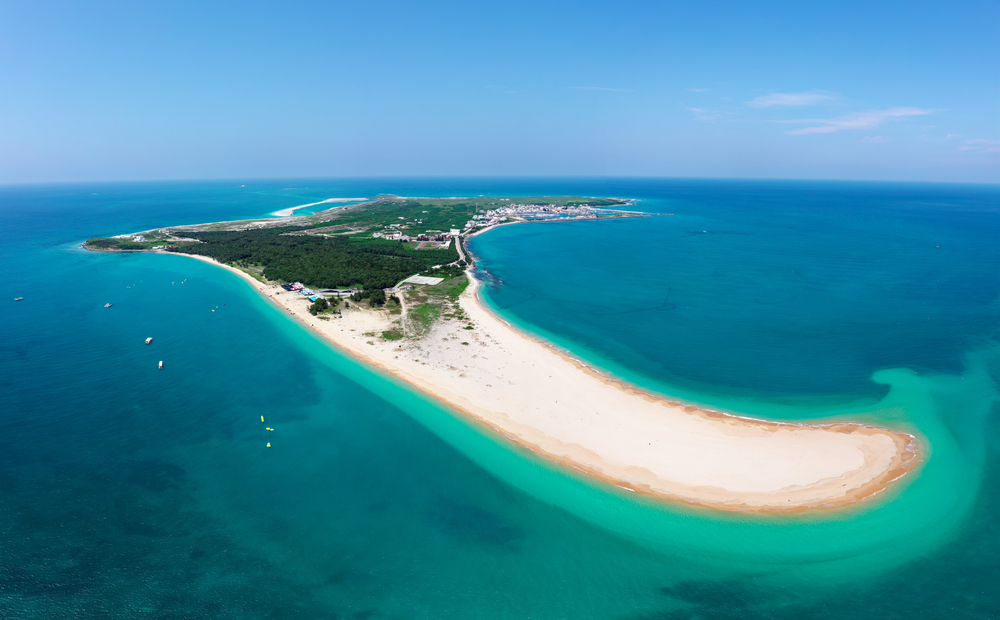
Penghu County
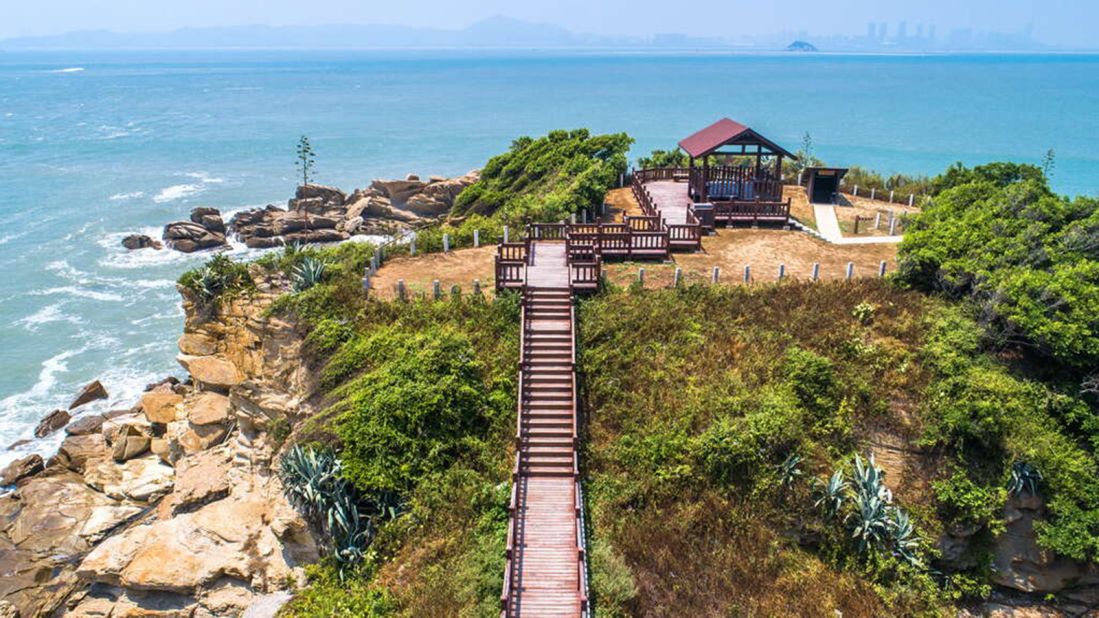
Kinmen County
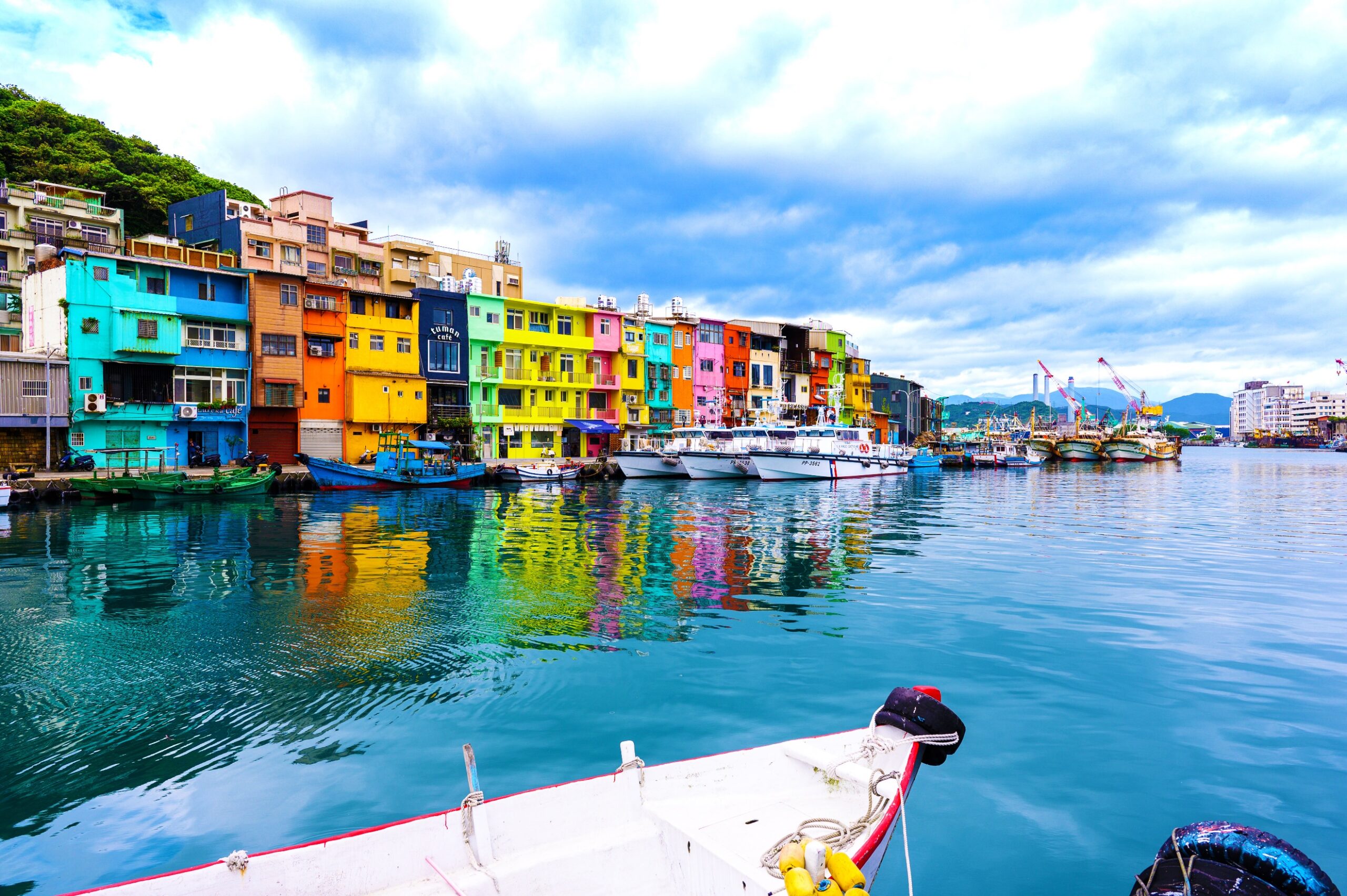
Keelung City

Hsinchu City
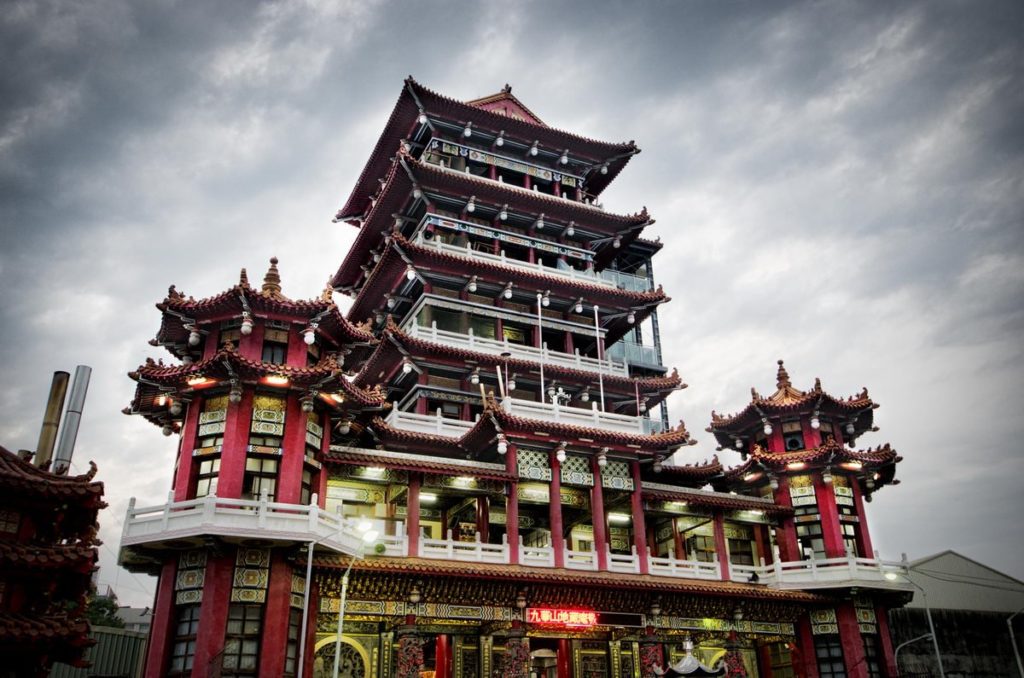
Chiayi City
Before you go 🛩
Important information you should know before your trip
Info
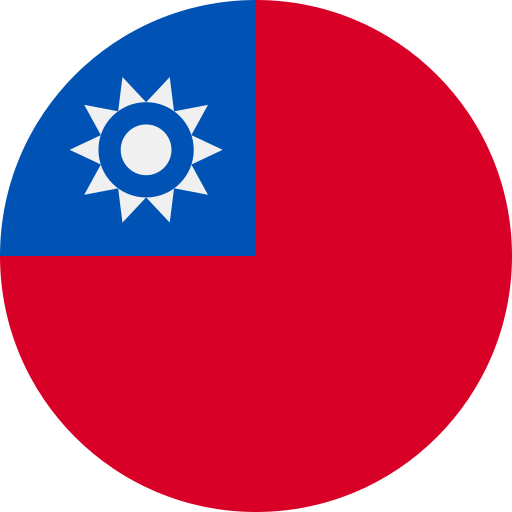
Capital | Taipei
Flag Codes:
ISO alpha-2 TW,
ISO alpha-3 TWN
Currency
Badge | New Taiwan dollar
CODE | TWD
NUMBER | 901
SYMBOL | $
FRACTION | Penny
Mobile Coverage
Dialing Code | +886
SIM Card
Coverage | 3G / 4G / 5G |
Mobile Networks | Chunghwa Mobile | Far EasTone Mobile | GT Mobile | T Star Mobile | Taiwan Mobile |
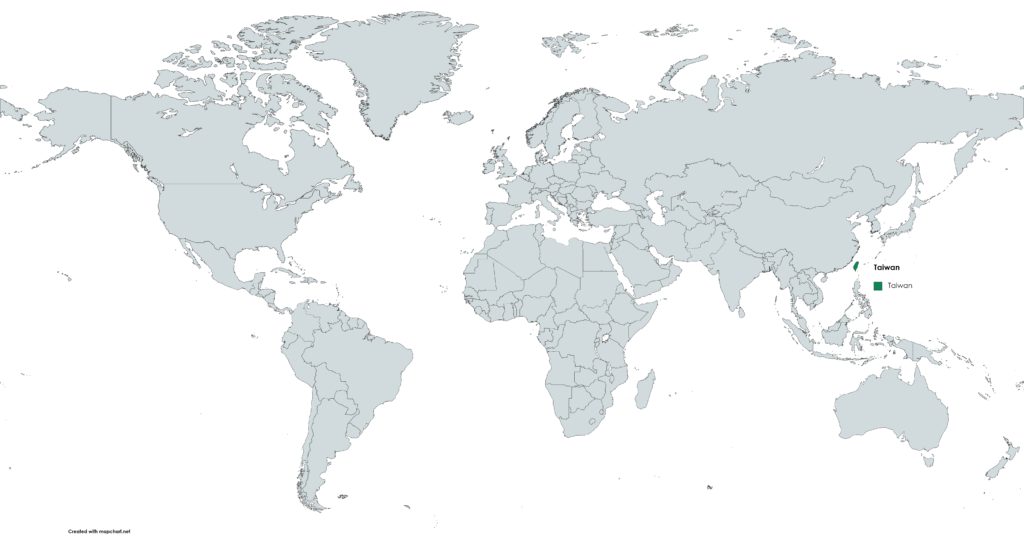
Location
Taiwan is an island located in East Asia. It is situated off the southeastern coast of mainland China, across the Taiwan Strait. The island is bordered by the Philippine Sea to the east, the South China Sea to the south, and the Taiwan Strait to the west. Taiwan is approximately 180 kilometers (112 miles) off the coast of China’s Fujian Province.
The geographic coordinates of Taiwan are approximately 23.6978 degrees North latitude and 120.9605 degrees East longitude. The island has a diverse landscape, including mountains, plains, and coastal regions, making it a popular destination for travelers seeking natural beauty and cultural experiences.
Currency
The official currency of Taiwan is the New Taiwan Dollar (TWD), also known as the Yuan in Chinese. It is divided into 100 cents and there are 1, 5, 10, 50 yuan coins and 100, 200, 500, 1000 and 2000 yuan bills.
Taiwan notes and coins have different designs and security features to prevent counterfeiting. On the obverse of the banknotes you can see images of important figures in the history and culture of Taiwan, as well as characteristic landscapes and monuments of the country. On the back are images of local fauna.
As for the coins, they have different designs and sizes, with the national coat of arms on the obverse and characteristic figures of Taiwan’s culture and fauna on the reverse.
The New Taiwan dollar is a relatively stable currency and is considered one of the most important currencies in Asia. The Central Bank of Taiwan is in charge of issuing and regulating Taiwan’s currency.
Languages
Several languages are spoken in Taiwan, but the two main ones are Mandarin and Taiwanese.
Mandarin is the official language and is spoken by the majority of the population in Taiwan. It is the language used in education, government and business. Mandarin is used in writing by using the simplified Chinese alphabet.
Taiwanese, also known as Hokkien or Minnan, is a dialect of Chinese spoken primarily in Taiwan. Although it is not an official language, it is widely spoken by a large part of the Taiwanese population. Taiwanese is a tonal language and uses its own alphabet based on classical Chinese.
In addition to these two main languages, other languages are also spoken in Taiwan, such as Hakka, Aboriginal, and English, which is widely taught in schools and used in the international business and tourism sector.
Climate 🌡
Taiwan has a subtropical climate, characterized by distinct seasons with relatively high temperatures and humidity throughout the year. The climate is influenced by the surrounding seas and the East Asian monsoon, resulting in varied weather patterns in different regions of the island. Here’s an overview of the climate in Taiwan:
Spring (March to May): Spring in Taiwan is pleasant, with mild temperatures and occasional rainfall. It is a popular time for visitors, especially during the cherry blossom season, which typically occurs in early spring.
Summer (June to August): Summer is hot and humid in Taiwan, with temperatures often exceeding 30°C (86°F) in the lowlands. During this season, the island experiences the plum rain season (meiyu), with frequent afternoon showers and thunderstorms.
Autumn (September to November): Autumn is a comfortable time to visit Taiwan, with cooler temperatures and lower humidity. It’s an ideal time for outdoor activities and exploring the island’s natural beauty.
Winter (December to February): Winter in Taiwan is mild, especially in the lowlands and coastal areas. However, temperatures can drop significantly in the mountainous regions. Snowfall is rare in most parts of Taiwan, except in high-altitude areas like Yushan (Jade Mountain).
Typhoon Season: Taiwan is susceptible to typhoons (tropical cyclones) from June to November, with the peak season occurring from August to October. Typhoons can bring heavy rain, strong winds, and potential disruptions to travel plans.
Taiwan travel tips
If you’re planning a trip to Taiwan , here are some travel tips to enhance your experience:
Cultural Festivals:
Plan your visit during cultural festivals like the Lantern Festival or Dragon Boat Festival for unique experiences.
Taipei 101:
Visit Taipei 101, once the world’s tallest building, for panoramic views of the city.
Cycling Adventures:
Rent a bike and explore scenic routes, such as the Sun Moon Lake Bike Trail or Taipei’s riverside paths.
National Parks:
Taiwan boasts beautiful national parks. Consider hiking in Yangmingshan or exploring Kenting National Park.
Transportation:
Utilize the efficient and extensive public transportation system, including the high-speed rail and MRT (metro) in major cities. View Guide.
Night Markets:
Immerse yourself in the lively atmosphere of night markets. Shilin Night Market in Taipei is a must-visit.
Street Food Delights:
Explore Taiwan’s renowned street food culture. Try local specialties like stinky tofu, bubble tea, and beef noodle soup.
Enjoy your time in Taiwan !

The best of the best
Taiwan is renowned for its diverse and delicious cuisine, influenced by the island’s rich culinary history and cultural diversity. Taiwanese cuisine features a mix of flavors, ingredients, and cooking styles, making it a paradise for food lovers.

Taiwanese Beef Noodle Soup
A flavorful and hearty soup consisting of tender beef, chewy noodles, and aromatic broth, often flavored with spices and soy sauce.

Gua Bao (Taiwanese Pork Belly Bun)
A steamed bun filled with tender braised pork belly, pickled mustard greens, and crushed peanuts.
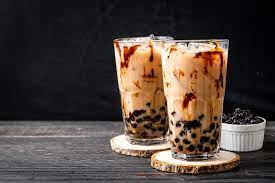
Bubble Tea (Boba Tea)
Originally from Taiwan, bubble tea is a refreshing beverage made with black or green tea, milk, and chewy tapioca pearls.
Here are some typical foods you should try when visiting Taiwan:
Stinky Tofu: This unique street food has a strong odor but is beloved by many Taiwanese. The tofu is fermented, then deep-fried and served with spicy sauce or pickled vegetables.
Oyster Omelette (Orh-ah-jian): A popular Taiwanese snack made with eggs, fresh oysters, and a starchy batter, pan-fried to create a crispy texture and served with a tangy sauce.
Pineapple Cake: A delectable pastry filled with sweet and tangy pineapple jam, often served as a souvenir or gift to bring back from Taiwan.
Taiwanese Hot Pot (Shabu Shabu): A communal meal where diners cook a variety of fresh ingredients, such as thinly sliced meat, seafood, vegetables, and noodles, in a flavorful broth at their table.
Scallion Pancake (Cong You Bing): A savory pancake made with green onions and sometimes other fillings, pan-fried until crispy on the outside and chewy on the inside.
Taiwanese Sausages (Xiang Chang): Sweet and savory sausages made from pork and seasoned with garlic, soy sauce, and other spices, often enjoyed as a snack or street food.
Lu Rou Fan (Braised Pork Rice): A comforting dish of braised minced pork served over a bowl of steamed rice, often topped with a boiled egg and pickled vegetables.
Taiwanese cuisine is incredibly diverse, and you’ll find an array of regional specialties and street food delights to satisfy your taste buds during your visit.
Transportation 🚥
More information about this country
Choose your destination 📍🗺
Useful Links ✅



